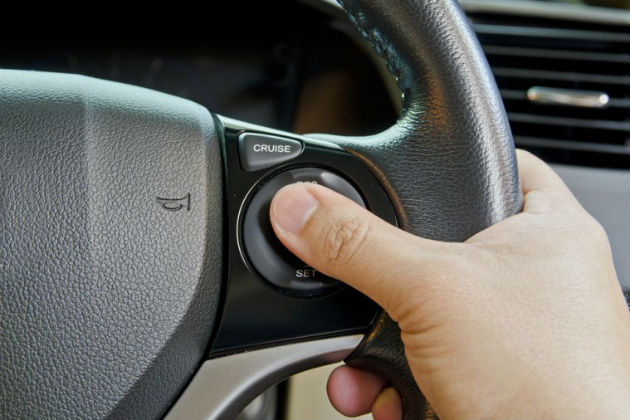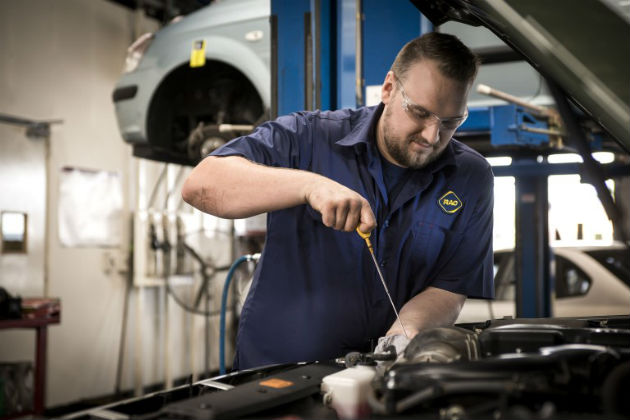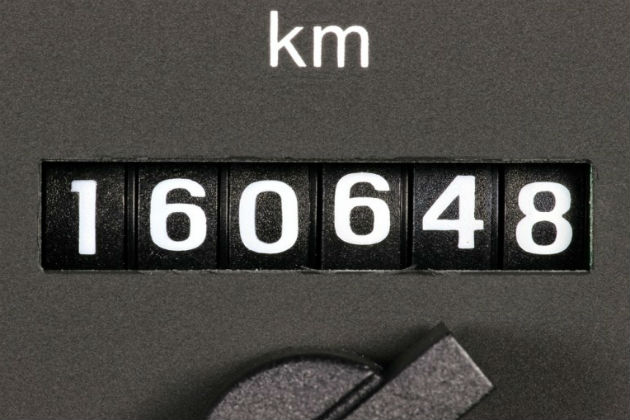There are some perplexing phrases used in motoring and pretty much around anything to do with cars.
We’ve put together some of the more interesting ones, just in case you need to know but were too afraid to ask. Use it alongside our Car Acronym Resource and you'll be talking like a genuine car enthusiast in no time.
Alternator
Device which generates and provides an electrical supply to maintain battery charge, and operates a vehicle's electrical components.
Aquaplane
When a car slides out of control on a wet road or surface, caused by the loss of cohesion between tyre tread and road surface.
Axle Tramp
Otherwise known as a wheel hop. An axle tramp might occur when suspension components repeatedly attempt to flex in the opposite direction to wheel rotation and then spring back (on a car with an axle of course). This generally happens under heavy acceleration from a standstill position.
Backseat driver
A passenger who thinks they know better than the driver, continually telling them what to do.
Brake Fluid
Hydraulic liquid that helps to slow down your car by transferring force applied by the brake pedal, into pressure to operate brake components – bringing the car to a stop.
Carburettor
Device which supplies fuel and air in metered quantities into the engine, to facilitate internal combustion (engine operation).
Chassis
The body or frame of your car.
Crankcase
Houses the crankshaft.
Crankshaft
Internal engine component which converts vertical or horizontal movement of the pistons/conrods into a rotational force. This force is supplied to the transmission and drive line to provide drive to the wheels.
Cruise Control
An automated system that controls the speed of your car and keeps it constant. The speed is set by the driver. (See also ACC)

Crumple Zone
The crumple zone absorbs impact during a collision to help reduce passenger injuries. Specifically, it’s the area of the car that sits outside of the passenger safety cage.
Dipstick
Can refer to a number of measurement instruments used to measure the level of a liquid. In most cases this is referring to the long stick used to measure the oil in your engine.

Fan Belt
Exactly as it sounds, a belt which is driven by engine pulleys which operates a fan. The purpose of the fan belt is to draw air over the radiator to keep the car engine cool.
Hard Shoulder
The lane/land on the left hand side of the highway/freeway that can be used in an emergency (if sign posted).
Otherwise known as the emergency lane.
Heel-and-Toe
A technique used by professional rally and race car drivers. It involves down-shifting while braking, using all three pedals of a manual car at the same time. Don’t try this at home.
Horsepower
A unit of measurement used to calculate the power of car (and other) engines. Originated when inventor James Watt calculated how much work a horse could do in a minute. True story.
Drive shaft
Vehicle drive train configuration using a rotational tube/shaft to connect the transmission at the front of the vehicle, to the differential or final drive located at the rear of the vehicle.
Hybrid
A car that uses a combination of petrol and batteries to power the engine.
Mods
Modifications to your car. Like some sweet tyre rims.
Monocoque
A car body structure that uses thinly shaped and joined panels.
Odometer
The device on your car that records how many kilometres it’s travelled throughout its life.

Power Steering
Makes steering easier by reducing the effort required by the driver to turn the wheels. Power steering uses electric or hydraulic motors to help.
Pre-Tensioners
The part of your seatbelt that pulls it tight just before a crash.Activated by the Air Bag system.
Rack-and-Pinion Steering
A system utilising the steering column/shaft which incorporates a toothed pinion gear connected to a horizontal toothed rack, which is secured to the wheels to facilitate turning.
Radiator
Part of the engine cooling system of your car. The radiator dissipates the heat of your coolant to help stop your engine from over-heating.
Rumble Strips
The raised strips on the road that make it feel like the car is ‘rumbling’ when you drive over them. In WA they are commonly used on the freeways down south to keep tired drivers alert.
Sat Nav/Satellite Navigation
Guidance and navigation system that uses GPS to determine your position and map the best route to your inputted location.
Skidpad
An area of flat pavement or a smooth surface used for car handling tests.
Suspension
Suspension is the collection of springs, shock absorbers and linkages that connects and “suspends” the vehicles cabin to the underbody driveline components.
Torque
Torque is a force that tends to rotate or turn things and is used as a comparative specification measurement for engines.
Traction Control
Detects and prevents wheel spinning when you accelerate your car.
Viscous Coupling
A viscous coupling is a mechanical device which transfers torque and rotation by the medium of a viscous fluid usually silicone.
Last updated September 2017
